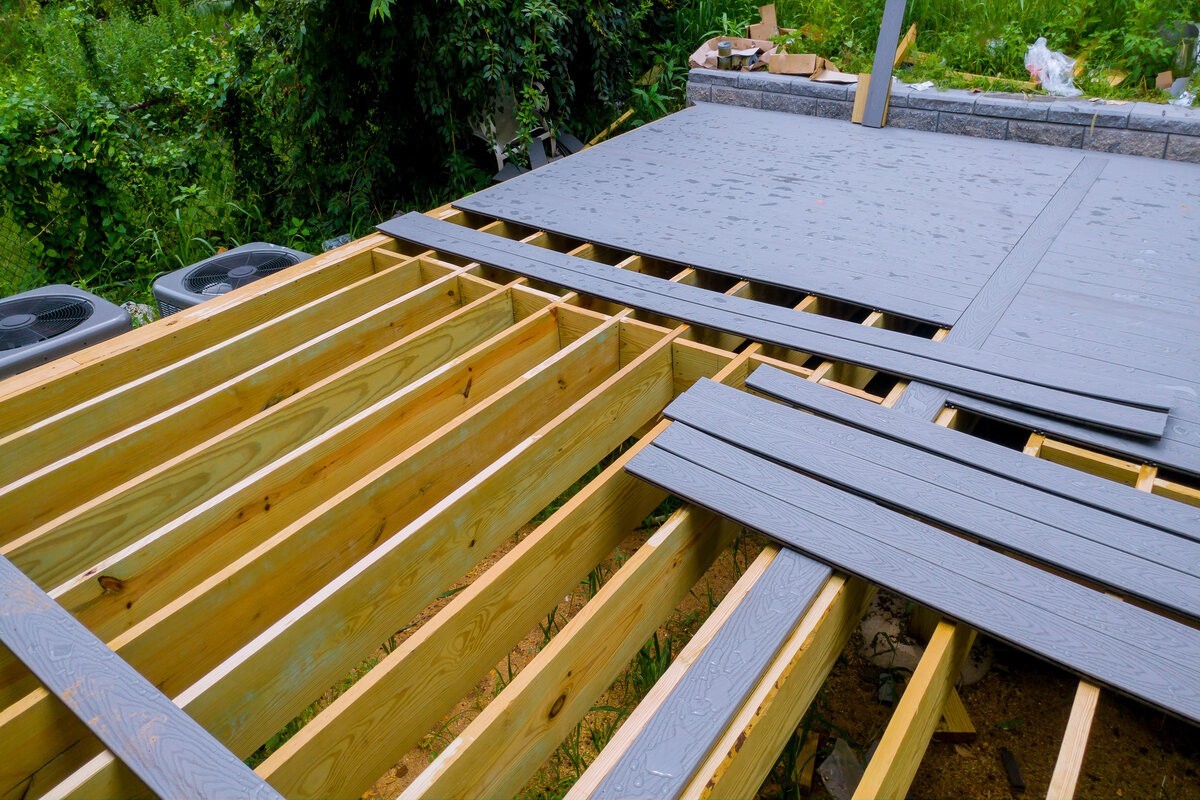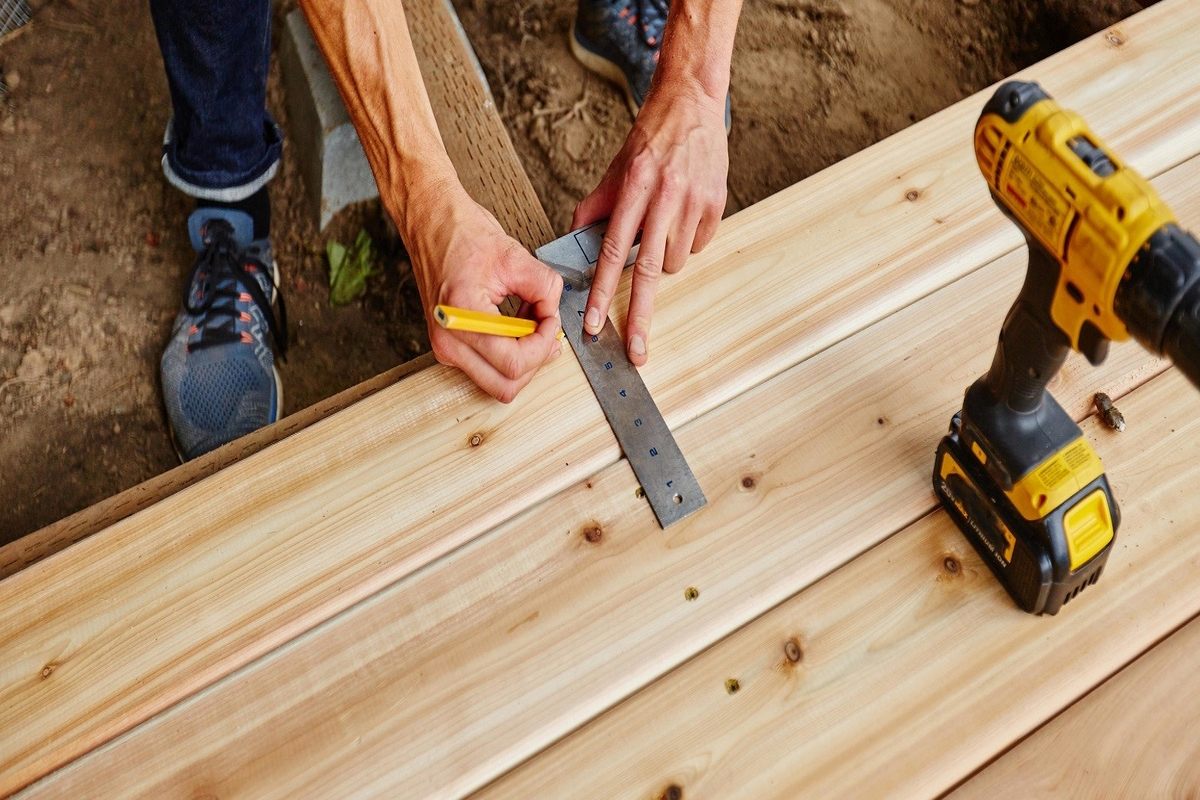When it comes to deck construction and maintenance, one aspect that homeowners and builders need to pay special attention to is the deck railing requirements. These requirements, dictated by local building codes, ensure the safety and durability of your deck.
Understanding Inspection Procedures
Navigating the world of deck railing can be daunting, but it’s a crucial aspect of building and maintaining a safe deck.
The Importance of Adhering to Code Requirements
Compliance with deck railing requirements is not simply about avoiding penalties or ensuring that your deck passes inspection. These requirements are crafted with safety in mind, aiming to protect users from accidental falls and other potential hazards. Moreover, following these specifications can enhance the overall usability and longevity of your deck, thereby providing value for your investment.
What Inspectors Look for in Stair and Railing Requirements
During an inspection, the examiner’s focus is on ensuring that your deck meets all the local code requirements. This process involves a detailed review of the railing height, the distance between railings, and the stability of the railings themselves. When it comes to stairs, inspectors will measure the rise and run, the width of the staircase, the presence and dimensions of stair nosings, and the functionality of handrails.
Code Requirements for Staircase Dimensions
Among the many deck railing requirements, the dimensions of your staircase play a significant role. A safe staircase considers factors such as the rise and run, the width, and the continuous presence of handrails.
Rise versus Run: Key Factors
The “rise” and “run” of a staircase refer to the vertical and horizontal measurements of a single step, respectively. According to standard deck railing requirements, the rise should be no more than seven and three-quarter inches high, while the run should be no less than 10 inches. This combination ensures safe and comfortable use of the stairs.
The Importance of Width: Minimum of 36 inches
The width of the staircase is another crucial factor in meeting code requirements. Staircases should be a minimum of 36 inches wide, providing enough space for safe passage, especially in the event of an emergency.
The Importance of Uninterrupted Handrails
Handrails are an essential safety feature of any staircase. They must be uninterrupted, meaning they should provide continuous support from the top to the bottom of the staircase. This is particularly important for decks with high staircases or those used by elderly individuals or children.
Understanding Stair Components
Deck stairs consist of various components, each with their unique deck railing requirements. These components range from risers, often referred to as ‘kickboards’, to the nosing of the stairs, and even the landing area at the base of the stairs.
The Necessity of Stair Risers: A Shift in Requirements
Stair risers, also known as ‘kickboards’, are now a necessary component in deck construction. They prevent accidental slips through gaps beneath each step. The riser should have no opening greater than four inches, providing a safety barrier while preserving the aesthetic appearance of the stairs.
Stair Nosing: Minimum and Maximum Dimensions
The “nosing” of a stair refers to the part that protrudes beyond the riser. This must be a minimum of three-quarters of an inch and a maximum of one and a quarter inches. These measurements ensure a comfortable foothold while ascending or descending the stairs.
The Landing: Size and Material Considerations
The landing refers to the flat area at the base of the stairs. It must be at least 36 inches from the last stair and match the width of the stairs. Whether it’s made of concrete, pavers, or other materials, it should provide a secure footing for users.
Deck Railing Requirements: Heights and Measurements
One of the primary concerns in deck railing requirements is the heights and measurements of the railings themselves. From the general deck area to the staircases, these measurements are important to ensure that the railings provide an effective safety barrier against accidental falls.
Deck Railing Height: Minimums and Maximums
Deck railing requirements stipulate that the minimum railing height should be 36 inches on your deck. This measurement ensures that adults, children, and pets are protected from accidental falls.
Railing Heights for Stairs: Measuring from the Leading Edge
When it comes to stairs, the height of the railing should be between 34 and 38 inches high, measured from the leading edge or ‘nose’ of each stair. This ensures that the railing is within easy reach for support and stability as users ascend or descend the stairs.
Compliance with Deck Railing Requirements: Implications and Best Practices
Compliance with deck railing requirements is not just about passing inspections; it’s about creating a safe and user-friendly environment.
Why Comply with Deck Railing Requirements?
Deck railing requirements are not arbitrary rules but are designed to ensure safety and usability. Compliance minimizes the risk of accidents, enhances the longevity of your deck, and ensures that your outdoor space can be enjoyed by everyone.
Best Practices for Meeting Deck Railing Requirements
Compliance with deck railing requirements begins with a thorough understanding of your local building codes. It’s also essential to use high-quality materials and employ correct installation methods. Regular inspections and maintenance can also ensure that your deck continues to meet the necessary standards as it ages. It’s always advisable to consult with a decking professional to ensure full compliance with all requirements.
Conclusion: The Importance of Meeting Deck Railing Requirements
Understanding and adhering to deck railing requirements is not just a legal obligation but a commitment to safety and comfort. These standards ensure that your deck is structurally sound and user-friendly, making it a space where everyone can relax and enjoy without concern.
To reiterate, the key factors to consider in meeting deck railing requirements are:
- Rise and run of staircase steps, which should be no more than seven and three-quarter inches high and no less than 10 inches, respectively.
- The minimum width of the staircase, which should be 36 inches to ensure safe passage.
- Uninterrupted handrails that provide continuous support from top to bottom.
- Inclusion of stair risers, with no opening greater than four inches.
- The dimensions of stair nosing, which should be between three-quarters of an inch and one and a quarter inches.
- The landing at the bottom of the stairs, which should be at least 36 inches from the last stair and as wide as the stairs.
- The height of deck railings, which should be a minimum of 36 inches on the deck, and between 34 to 38 inches on the stairs.
At Heartland Decks, we are here to help you create a safe, attractive, and enjoyable outdoor space that will serve you well for years to come.






